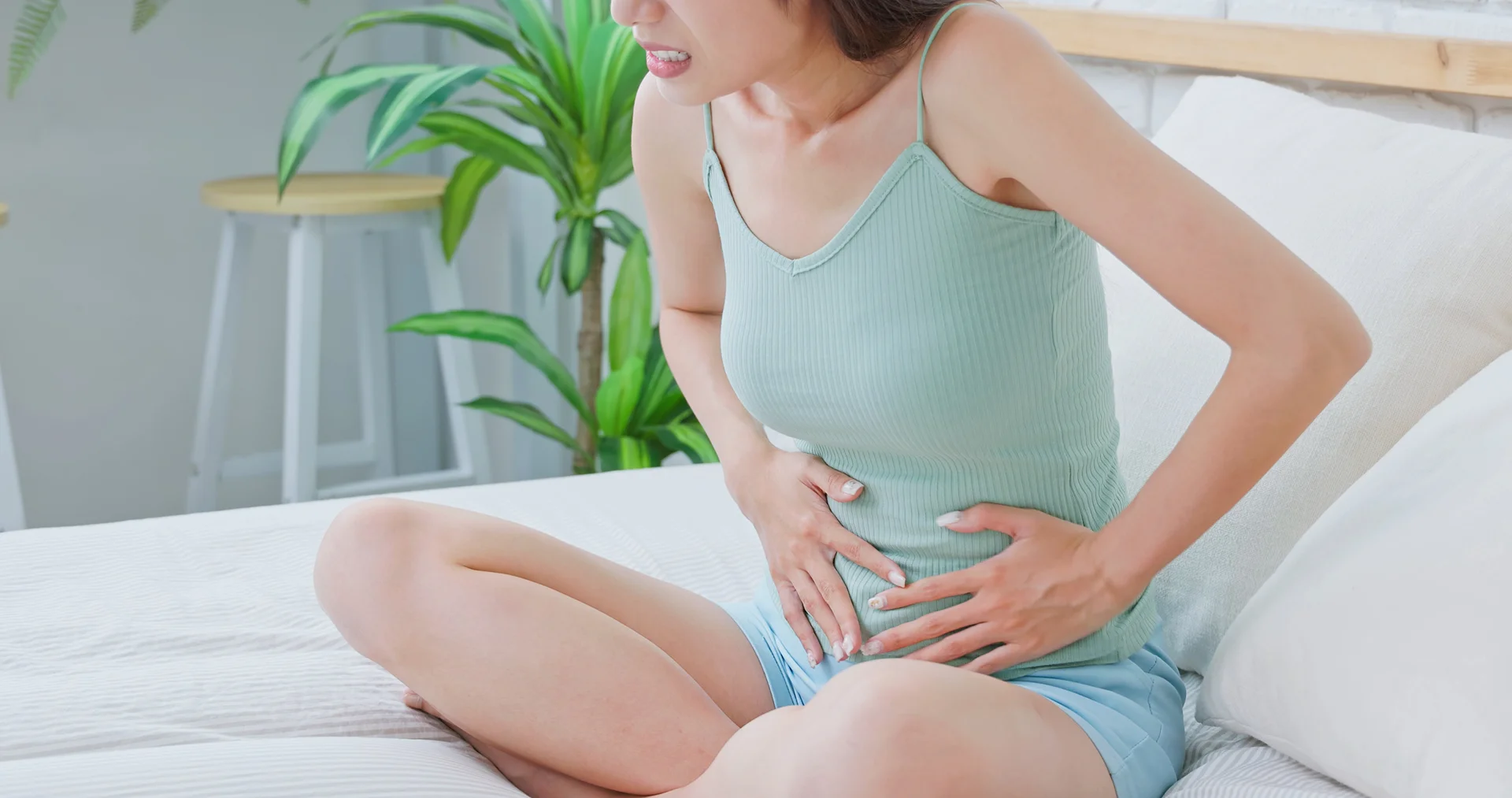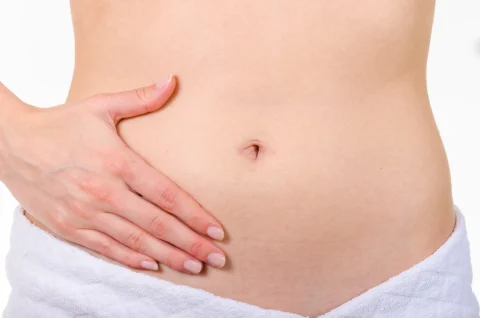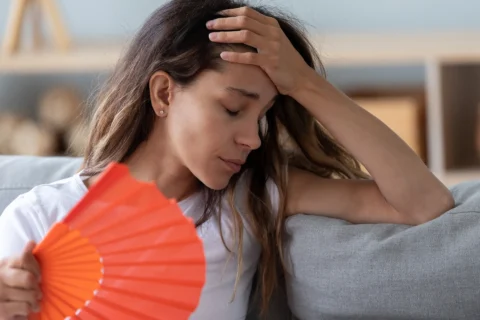The Complex Truth About Hormone Pellets: Side Effects, Benefits, and Alternatives
Hormone pellets are tiny implants placed under the skin that steadily release hormones into the body over an extended period, typically 3-6 months.
They are commonly used as a form of hormone replacement therapy (HRT) to help relieve symptoms associated with menopause, low testosterone, and other hormonal imbalances.
While hormone pellets offer convenience with less frequent dosing, their use remains controversial given the potential side effects. It’s important to have an informed discussion with a medical professional before pursuing this treatment option.
This article will dive into the complexities around hormone pellets to understand the potential negatives as well as the possible benefits.
What are the Negative Side Effects of Hormone Pellets?
Hormone pellets are not without risk. Many women experience concerning side effects that should be considered.
Are there common short-term side effects of hormone pellet therapy?
Some patients report pain, swelling, bruising, or infection at the insertion site. These are usually minor and resolve within days or weeks. More significantly, some women experience headaches, mood swings, and other symptoms shortly after getting pellets as their body adjusts to the new hormone levels.
Are there more serious potential side effects of hormone pellets?
The most troubling possible side effects involve increased health risks:
- Blood clots – Estrogen raises the risk of blood clots, especially in those already prone to clotting. Pellets may increase this risk further.
- Breast cancer – Certain types of HRT, especially combined estrogen/progesterone therapy, can increase breast cancer risk when used long-term. The risk is lower with estrogen-only HRT.
- Heart disease and stroke – Mostly a concern in older women, combined HRT slightly elevates cardiovascular risks. The risk appears lower with transdermal estrogen.
- Other issues like acne, hair growth, and mood changes may also occur as the body reacts to the new hormone levels.
Can hormone pellets lead to hormonal imbalances?
Getting the hormone dosage right with pellets can be challenging. Levels may end up too high or too low, causing symptoms:
- Absorption of hormones varies between individuals based on factors like metabolism, circulation, inflammation, and body composition.
- Pellets provide set doses that cannot be easily adjusted for 3-6 months once implanted.
Blood hormone testing is essential to monitor levels and adjust future pellet dosages accordingly. Without this testing and adjustment, women may experience side effects from hormonal fluctuations or imbalances.
The Benefits: Why Do People Choose Hormone Pellets?
Given the risks, why do patients opt for hormone pellet therapy over other HRT methods?
- Convenience – Only needing treatment every 3-6 months is easier than daily pills, creams, or patches.
- Steady hormone delivery – Some patients report feeling better with the sustained hormone release compared to fluctuations with other methods.
- Symptom relief – When hormone levels are properly balanced, many women experience substantial relief from troublesome menopausal symptoms.
For those who do not respond sufficiently to other types of HRT or prefer less frequent maintenance, pellets offer an alternative option. However, they require close medical supervision to maximize benefits and minimize adverse effects.
Alternatives to Hormone Pellets
Women dealing with menopause or hormone imbalance have several options besides pellets:
What other hormone replacement therapy options exist?
- Oral HRT: Estrogen and/or progesterone pills taken daily. Easy but subject to liver metabolism.
- Transdermal patches: Thin patches that adhere to the skin to deliver estrogen and progesterone. Bypass liver and reduce clotting risk.
- Vaginal estrogen: Creams, tablets or rings directly treat vaginal/urinary symptoms. Minimal systemic absorption.
- Injections: Estradiol valerate injections every 4 weeks. Avoid liver and allow adjustable doses.
- Bioidentical hormones: Versions structurally identical to human estrogen, progesterone, or testosterone. Their risks/benefits compared to synthetic versions remains debated.
Are there non-hormonal alternatives that can help with symptoms?
Lifestyle measures like dietary changes, regular exercise, yoga, and stress reduction techniques may ease some menopausal symptoms for milder cases.
Certain medications can also tackle specific issues like hot flashes when hormones are not desired. Vaginal moisturizers and lubricants can help atrophy and dryness in localized treatment.
For those experiencing more disruptive symptoms, the benefit of HRT often outweighs non-hormonal alternatives. However, some women may prefer to try these options first before committing to long-term hormone therapy.
Making an Informed Decision about Hormone Pellets
The choice of whether to pursue hormone pellet therapy is an individualized one that must balance potential benefits against risks.
What factors should be considered before getting hormone pellets?
- Understanding Personal and Family Medical History: It’s critical to consider any personal or familial risk factors such as blood clots, heart disease, and breast cancer.
- Evaluating the Severity of Symptoms: Assess the impact of symptoms like hot flashes, sleep disruptions, or low libido on your quality of life.
- Undergoing Hormone Testing: Prior to therapy, baseline blood tests for hormones such as estrogen, progesterone, and testosterone can help determine the necessity and type of hormones needed.
- Consulting with a Healthcare Provider: Engage in a detailed discussion about all treatment options, including both hormonal and non-hormonal approaches.
- Conducting an Individualized Risk Assessment: A healthcare professional should evaluate the potential benefits and risks specific to you.
- Considering Lower Risk Options First: Before opting for hormone pellets, explore safer therapy alternatives, such as transdermal estrogen.
Why is it important to only get hormone pellets from a qualified medical professional?
- Compounded hormones used in pellets are unregulated and quality/purity varies widely between pharmacies.
- Only physicians and pharmacists specially trained in pellet therapy can determine proper dosing and hormone combinations.
- Ongoing blood level monitoring and dose adjustments require medical oversight to minimize adverse effects.
- Careful sterile technique is needed when implanting pellets to avoid infection.
Opting to get hormone pellets from unqualified sources puts women at greater risk of complications. Work with a trusted provider to maximize safety.
Conclusion
Hormone pellet therapy has grown in popularity for managing menopausal symptoms and hormone imbalances. However, women should be aware of the potential side effects like headaches, mood changes, hormone fluctuations, and increased health risks in some individuals.
While pellets offer convenience of less frequent dosing, other HRT options like patches, creams, and bioidentical hormones may provide fewer risks and more customizable control. Non-hormonal relief is also possible in some milder cases.
The decision of whether hormone pellets are the right treatment option is complex. Have an open and thorough discussion with your medical provider about your full range of choices.
Get baseline hormone testing. And select an experienced pellet therapy specialist to minimize adverse effects if pursuing this route. Addressing symptoms is important, but so is making an informed choice about this elective therapy.










